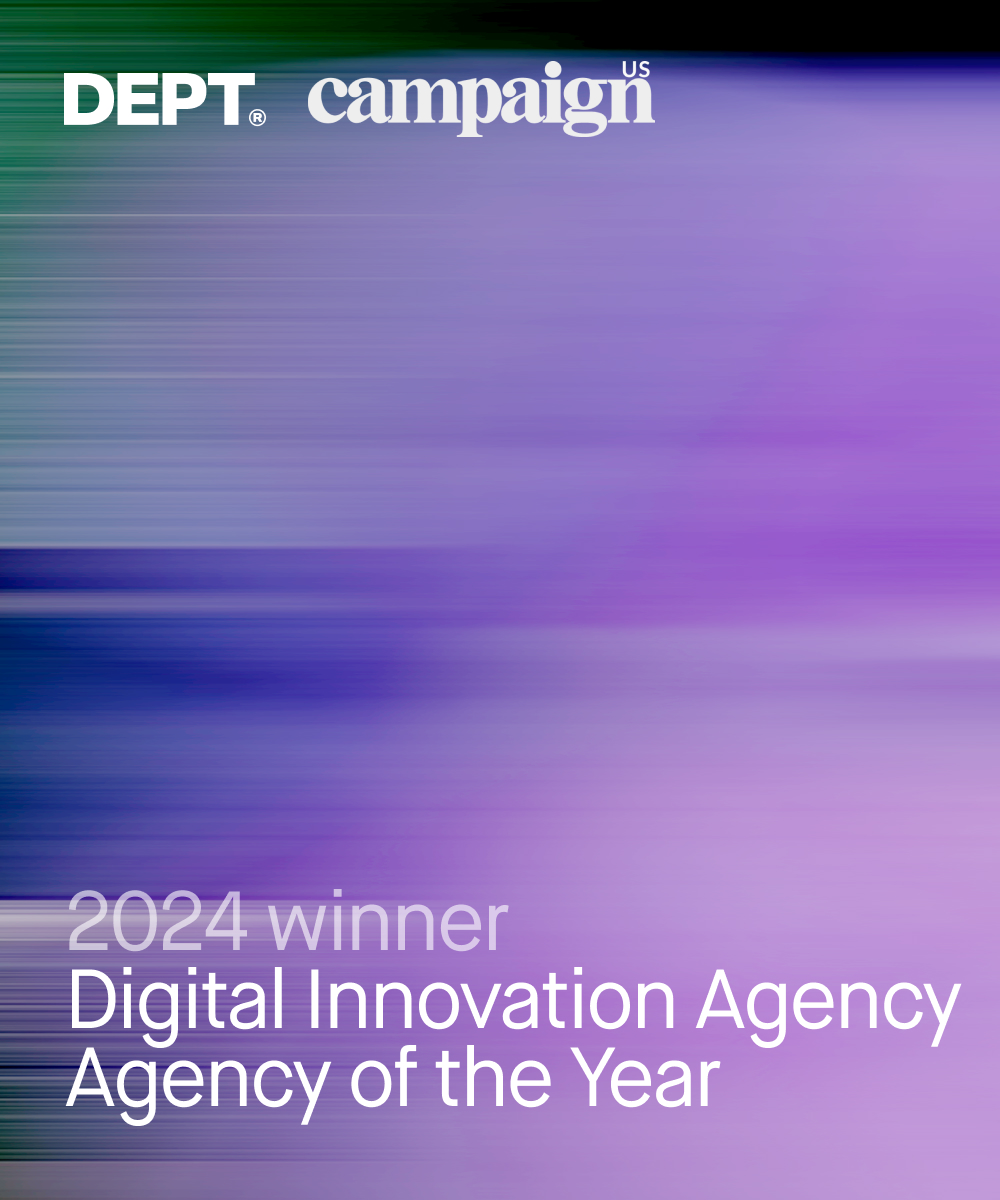There are many reasons why you might be reviewing your current content management system; perhaps your current platform doesn’t offer the functionality or agility that you need, or you may be questioning the cost effectiveness of your current solution. Maybe you’re an acquisitive business and you’re looking to streamline and centralise all of your operating companies’ sites onto a centralised platform, or you’re expanding globally and need a platform that can scale with you. Perhaps you’re seeking to elevate your customer experience with advanced personalisation. Maybe you need to cut costs. Or maybe you’re just unhappy with the level of support and improvements from your current software provider.
Finding the right technology to power your digital business can play a huge part in achieving your long-term goals and digital ambitions. But it’s not always easy. The digital solution landscape is crowded; content management systems have evolved in recent years, maturing into platforms that can power multi-digital experiences, resulting in the rise of Digital Experience Platforms (DXP). Then there’s the architecture options; do you go headless, hybrid or monolith? Best-of-breed or best-of-need? And how about hosting; on premise, SaaS or PaaS? To help you start with the search for your ideal platform, we’ve pulled together a guide to explain the differences between all these options.
CMS or DXP?
CMS = Managing content
A Content Management System (CMS) enables content creators to manage and publish their digital content to websites, apps and digital channels. Without coding knowledge or relying on the IT department, users can upload images, videos, texts and documents, build pages and easily edit information. Minimal capabilities to expect are WYSIWYG editing, user permissions, content modelling, version control and workflow functions.
Think: Umbraco, Drupal, WordPress
WCMS: A content system for the web
A Web Content Management System (WCMS) is a type of CMS specifically for web content, this means most CMS fall into this category. Compared to a basic CMS, WCMS offers more extensive options and customisation. More advanced capabilities include translation, SEO, multi-site management, social sharing, plug-ins and integrations, approval workflows and personalisation. A WCMS also gives marketers the ability to deliver their content to multiple digital channels.
Think: SDL Tridion, Contentful, Crownpeak, Bloomreach
DXP: Content as part of a platform
A Digital Experience Platform (DXP) is a set of technologies that are tied together to help organisations power their customers’ digital experiences. Content management is a big part of that, but a DXP also covers data analytics, search, optimisation, marketing automation and e-commerce. A DXP unites all customer touchpoints: website, web application, app, billboards, customer portals, social media and IoT devices. Through one system marketers can craft a compelling and seamless customer experience.
Think: Sitecore, Episerver, Adobe
Best-of-need or best-of-breed?
Best-of-Need is a suite of products which are pre-integrated and have a common user interface. It’s a generalist more than a specialist approach; each product in the suite isn’t the best in its class, but usually fulfills the basic needs most organisations have.
Think: Episerver, Sitecore, Adobe,
Best-of-Breed are often niche systems which perform specialised functions better than an integrated system, often with the ability to quickly add or swap components which you think are necessary. One of the main downsides of these platforms, is that they are frequently from different vendors and, as such, need to be integrated with other existing systems.
Think: SDL Tridion
Architecture: Traditional, headless or hybrid?
The architecture of your content management solution is a critical factor to consider. While traditional CMS platforms were once the standard, the headless approach that separates the front-end from the back-end is gaining momentum for its flexibility and cross-platform support.
Headless is more developer-oriented, as opposed to a traditional CMS that’s relatively marketer-friendly. A hybrid CMS takes the middle road and aims to give developers and marketers the benefits of both.
Traditional (Also know ‘monolithic)
Traditional CMS platforms allow marketers to create, edit and publish content via a WYSIWYG interface. With the content editor tightly coupled with the presentation layer, no code editing is needed to manage aspects like page structure, sitemaps and templates. With the rise in digital channels and devices like smart watches,speakers and cars, the limitations are becoming apparent. The tightly coupled nature of traditional CMS dictates how and where content should be distributed. There’s little room for flexibility and scalability. A traditional CMS is best suited to companies that employ a mainly static website.
Think: SDL Tridion
Headless
The headless approach views the front-end and back-end as separate systems with a specific role in a larger landscape. With content authoring decoupled from its presentation layer, marketers can reuse a single piece of content on any current or future channel.
Developers can create new digital channels and experiences without being tied to any framework or language. The CMS delivers the content raw via APIs to any channel available, such as websites, apps, IoT devices, digital kiosks and so on, to create an omnichannel experience. However, with a headless CMS, marketers lose in-context editing tools. Coding is required to make changes in the presentation layers.
Developers, on the other hand, are empowered by the headless architecture. Headless allows for using any front-end technology, faster development and experimenting freely without affecting the back-end operations.
Think: Contentful
Hybrid
A Hybrid CMS combines the API driven headless architecture with the front-end approach from a traditional CMS. Ready-made front-end templates allow marketers to easily set up and maintain their content and integrate different tools by themselves.
Developers still have the freedom to innovate and develop new channels and touchpoints in a phased approach. But while the hybrid architecture brings the best of both worlds together, it also comes with some disadvantages from both.
Compared to a traditional CMS, a hybrid architecture is complex and not suited for organisations primarily in search of a CMS for a simple website. The head of each channel requires dedicated development to establish the groundwork for each endpoint and make it work. A hybrid CMS is less user friendly than a traditional CMS, and comes with a learning curve for the marketing team. One thing to take note of is that these CMSs have often added the headless capability at a later stage. When evaluating these, it is important to verify its APIs, whether these expose all functionality and how well these are documented. Ideally, there should be support for continuous automatic upgrades which would take away the burden of expensive upgrades.
Think: Episerver, dotCMS
Open source or licensed?
Depending on your needs, both can be viable options. Many vendors offer both types, with open source community editions and additional paid services under a proprietary enterprise license.
Open source
With its source code publicly available to use and modify, open-source CMSs are free to use and customise. For example, WordPress has a robust community that fixes bugs and offers new functionality through free or premium plugins. An open-source CMS has its drawbacks, however.
They tend to have less enterprise-level functionality and often lack professional support. With the range of possible solutions for a specifically required feature almost unlimited, it takes considerable time and effort to select the best one for you. Customisation to deliver enterprise-grade features can be so costly that it eliminates the prime reason to consider open-source. That makes open-source CMS better suited for smaller projects and basic websites.
Think: Umbraco, dotCMS, Drupal
Licensed
By paying a license fee, you gain access to more advanced, enterprise-level features and support. These solutions typically meet higher requirements than their open-source counterparts. A proprietary CMS is more robust and comes with interfaces that are more user-friendly and intuitive. And since you are paying a license fee, you can expect high-level support to help you get the most out of your investment.
However, even upon purchasing a licence, you may not get full access to the source code. Your ability to innovate and respond to emerging trends in your market may be limited by the vendor’s development. Still, organisations looking to take their digital presence to the next level are best served with proprietary CMS.
Think: Sitecore, Episerver, Adobe, SDL Tridion
On-premise, SaaS or PaaS?
On-premise
With its source code publicly available to use and modify, open-source CMSs are free to use and customise. For example, WordPress has a robust community that fixes bugs and offers new functionality through free or premium plugins. An open-source CMS has its drawbacks, however. They tend to have less enterprise-level functionality and often lack professional support. With the range of possible solutions for a specifically required feature almost unlimited, it takes considerable time and effort to select the best one for you. Customisation to deliver enterprise-grade features can be so costly that it eliminates the prime reason to consider open-source. That makes open-source CMS better suited for smaller projects and basic websites.
Think: Umbraco, dotCMS, Drupal
SaaS
With Software-as-a-Service (SaaS), the platform is hosted in the cloud by an external provider. This eliminates deployment, maintenance requirements and hardware investments. You pay for a subscription to the platform software, per user and per timeframe. There is less control and ability to customise, which requires your vendor to be reliable and strong in customer support. Furthermore, most SaaS providers only provide the CMS back-end which requires you to host and run the front-end, for example within a company cloud account on Azure, AWS or Google.
PaaS
With Platform-as-a-Service (PaaS), the CMS and usually the frontend, is hosted by the supplier of the platform on a public cloud, such as Azure or AWS. PaaS offers you an additional layer of control by providing a single-tenant infrastructure. With its own IT environment in the cloud, your organisation can customise and tailor the CMS to better fit its goals. Compared to SaaS, PaaS comes with extra challenges for customisation, deployment and upgrades of the software.
DEPT® has helped many companies select the right digital technology for their specific needs. Contact us today if you’d like impartial advice from our technology experts.
More Insights?
View all InsightsQuestions?
Global SVP Technology & Engineering





